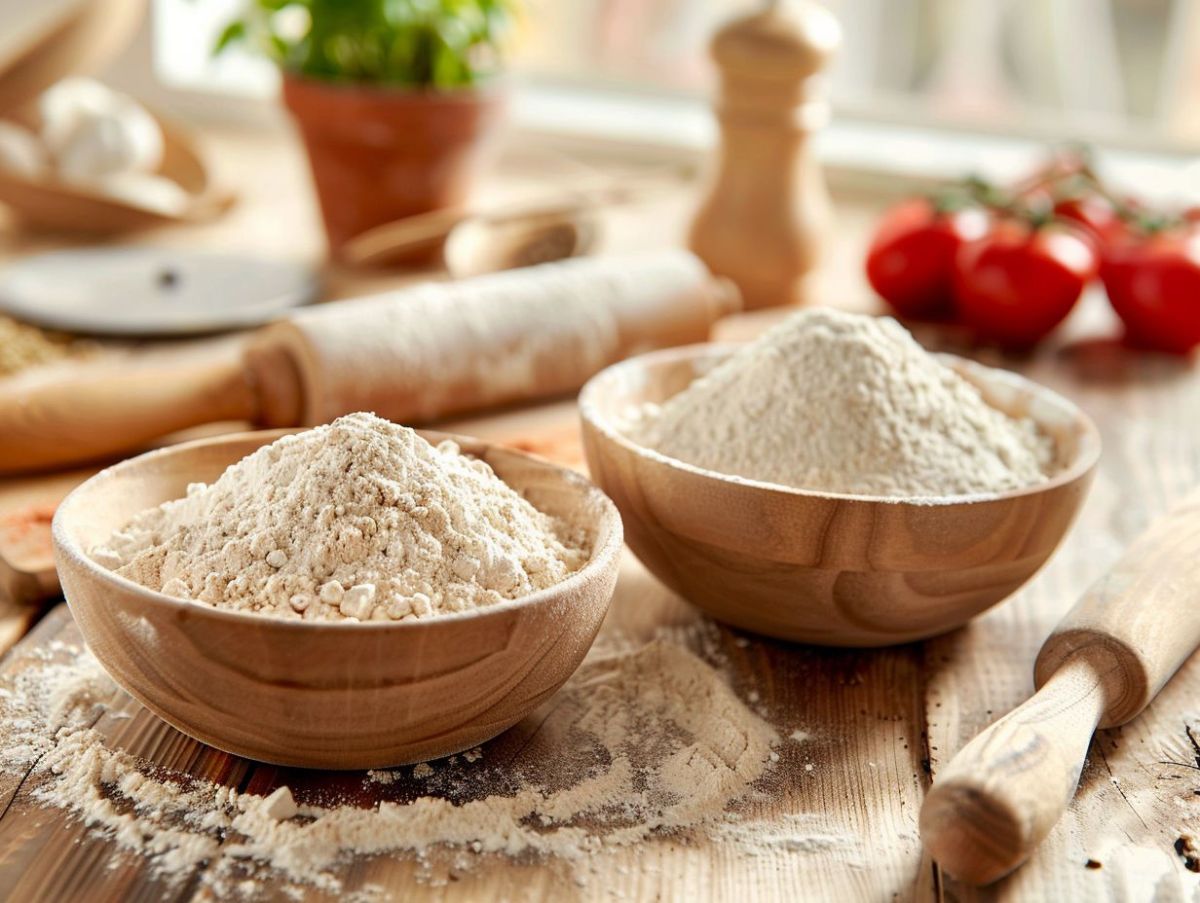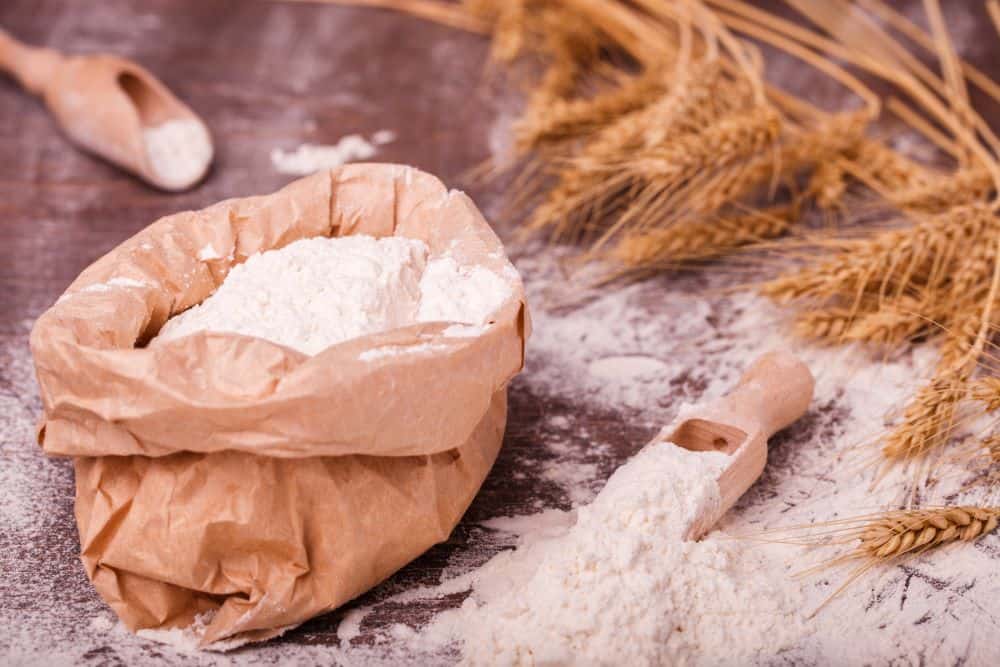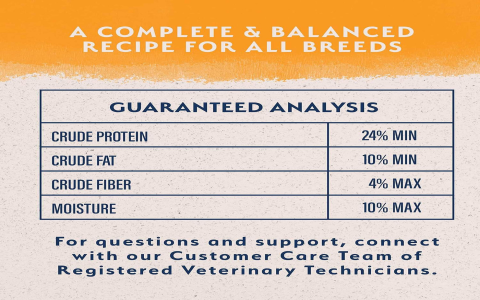You know, I was standing in the baking aisle the other day, like I do most weeks, grabbing my usual bag of plain white flour. It’s just what I’ve always used for, well, everything. But then I got to thinking. My mate Dave, he’s been on this bit of a health kick, and he mentioned something about wholemeal flour being way better for you. I usually just nod along when people start talking about “superfoods” and all that, but this time, it stuck in my head. Is it really that different? Or just another one of those things people say?

So, I decided, right, I’m going to actually figure this out for myself. Not in a super scientific way, mind you. I’m no food scientist. I just wanted to get a proper idea of what’s what. I started by just looking at the packets in the shop, then did a bit of reading online, you know, the usual. Just trying to piece together the simple facts.
Digging into Wholemeal – What I Found
And it turns out, it’s not really that complicated when you break it down. The big difference, from what I can tell, is how they make the stuff.
With wholemeal flour, they basically grind up the entire wheat grain. All of it. This means you get three key parts:
- The bran: This is the outer layer. Turns out, it’s full of fibre. And everyone knows fibre is good for keeping your digestion ticking along, right?
- The germ: This is the sort of embryo part of the grain. It’s got a good whack of B vitamins, some minerals, and even a bit of healthy fat and protein. Good stuff, apparently.
- The endosperm: This is the starchy bit in the middle. It’s the main part of white flour.
Now, with plain white flour, they usually mill it down and take out the bran and the germ. So you’re mostly just getting that starchy endosperm. That’s why it’s so fine and white, but it also means you’re missing out on a lot of the goodness that’s in the other two parts.
My Own Little Test and What I Reckon
So, after figuring this out, I thought, “Okay, let’s give this wholemeal a proper go.” I bought a bag and decided to try it in my usual weekend bread recipe. I wasn’t sure what to expect, to be honest. I’ve heard it can make things a bit heavy.

Well, I baked my loaf. And yeah, it was different. The texture was a bit denser, for sure, and it had a nuttier, more, well, “wheaty” taste. It wasn’t bad at all! Actually, I quite liked it. It felt more substantial, like I was eating something a bit more, you know, real.
Here’s the main stuff I took away from my little investigation:
- More Fibre: This is a big one. Wholemeal definitely has more fibre, which is great for your gut and can help you feel fuller for longer. I noticed that, actually.
- Extra Vitamins and Minerals: Because you’re getting the whole grain, you’re getting more of those B vitamins, iron, magnesium, and other bits and pieces that are naturally in there. White flour often has some added back in, but with wholemeal, it’s just there from the start.
- It’s Not a Magic Bullet: Look, it’s flour. It’s not going to solve all your problems. But it does seem like a pretty straightforward swap if you want to get a bit more nutrition into your baking or cooking.
I’m not about to throw out all my white flour, don’t get me wrong. Some things just work better with it. But I’ve definitely started using wholemeal a lot more. For bread, for some types of cakes, even mixing it in with white flour sometimes. It feels like a small, easy change that actually makes a bit of sense. It’s not about being perfect, is it? Just making little tweaks here and there. And this wholemeal thing, it seems like a pretty decent tweak to me.









